The Dark Violent Franchise On Max Star Wars Ripped Off For The Mandalorian
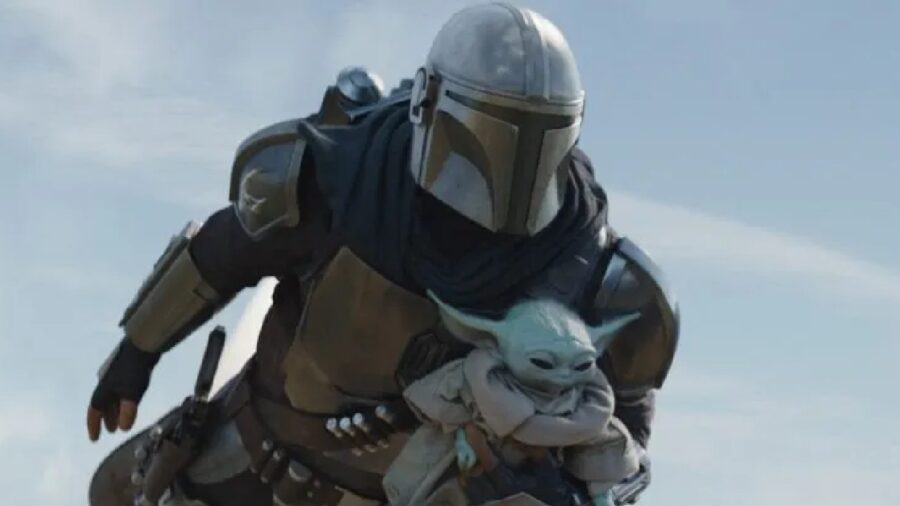
The Mandalorian, which centers on a stoic warrior forced to go on an adventure while protecting a small child, is a clear riff on Lone Wolf and Cub. The influential manga turned film series has been noted as an influence by Jon Favreau, and the show wears those influences on its sleeve. But unlike the Disney+ show it inspired, the films are dark, violent, and far from kid-friendly.
Lone Wolf And Cub
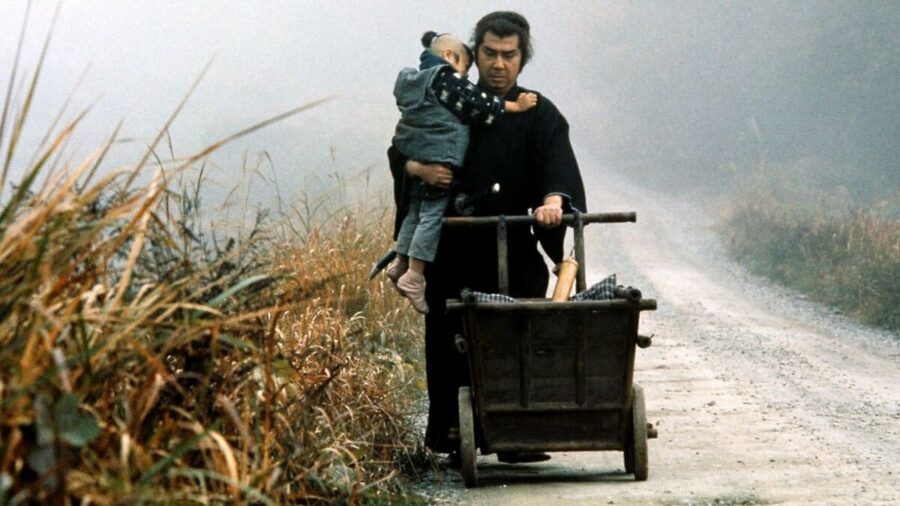
George Lucas borrowed heavily from the Akira Kurosawa film The Hidden Fortress for the original Star Wars Episode IV: A New Hope, leading Jon Favreau to Japanese samurai films for inspiration when developing The Mandalorian. He chose Lone Wolf and Cub, a popular series of movies based on the incredibly influential manga created by Kazuo Koike and Goseki Kojima, as his inspiration.
It’s far from the first property to draw from the story, but the similarities between the show’s depiction of Mandalorians and Samurai make the influence much more obvious.
Hardened Killer And Adorable Child
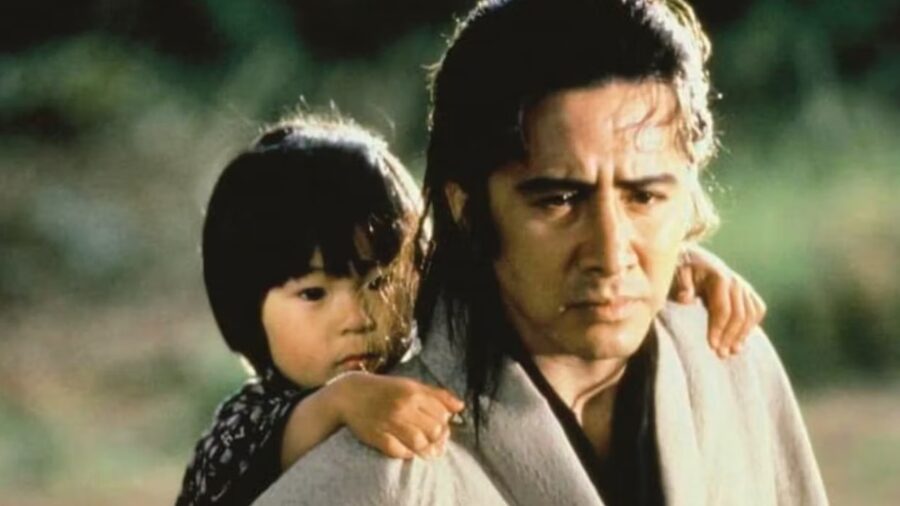
Lone Wolf and Cub is the story of Ogami Ittō, a disgraced executioner forced to become an assassin as he travels Japan with his young son Daigorō. Ittō and Daigorō often have episodic adventures centered around Ittō being hired as an assassin, as the political plot that resulted in the murder of their family is slowly revealed. The hardened killer traveling with his toddler-aged son is used as occasional comedy and frequent tension, complicating the usual beats of samurai stories.
Violence In The Edo Period
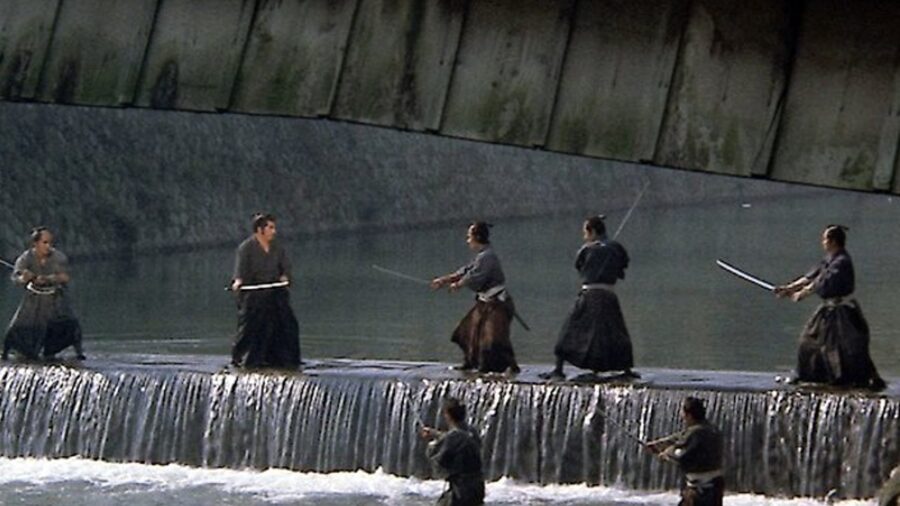
The film adaptation of Lone Wolf and Cub is known for being gritty and violent, helping to popularize the samurai genre in America. Like the manga, the films explore the underbelly of Japan’s Edo period, including political assassinations, prostitution, slavery, and poverty. Alongside its unique premise and stylized violence, the films became cult classics in America, where they were edited and renamed Shogun Assassin, promoted as violent B-movies.
Lone Wolf And Cub Has Influenced A Lot Of Stories
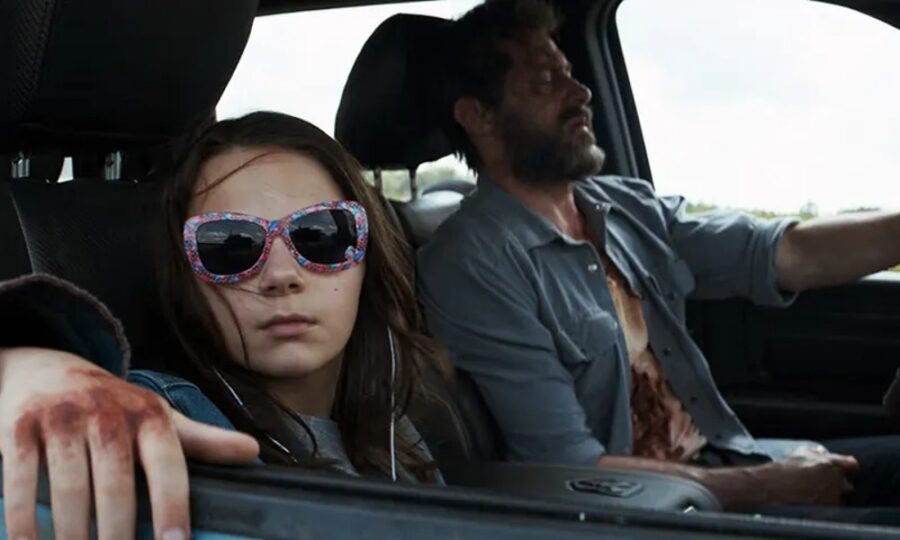
While the manga version influenced American comic creators like Frank Miller, the Lone Wolf and Cub movies left their mark on American films. The most direct homage to the film comes from Quentin Tarantino’s Kill Bill Vol. 2, which features its protagonist watching Shgogun Assassin 2 with her young daughter. However, many movies, from Logan to Leon the Professional, adopt the premise and story elements of the franchise.
Because so many elements from Lone Wolf and Cub have been adopted into the broader action genre, it’s a great entry point in samurai films. Even if the action is rooted in practical effects and a bit slower and more contemplative than most modern Hollywood action films, it comes with a certain familiarity that’s hard to miss. For instance, the cart Daigorō spends much of his time being pushed in is sure to remind modern audiences of Grogu in his hovering cart.
A Smash Hit In Japan
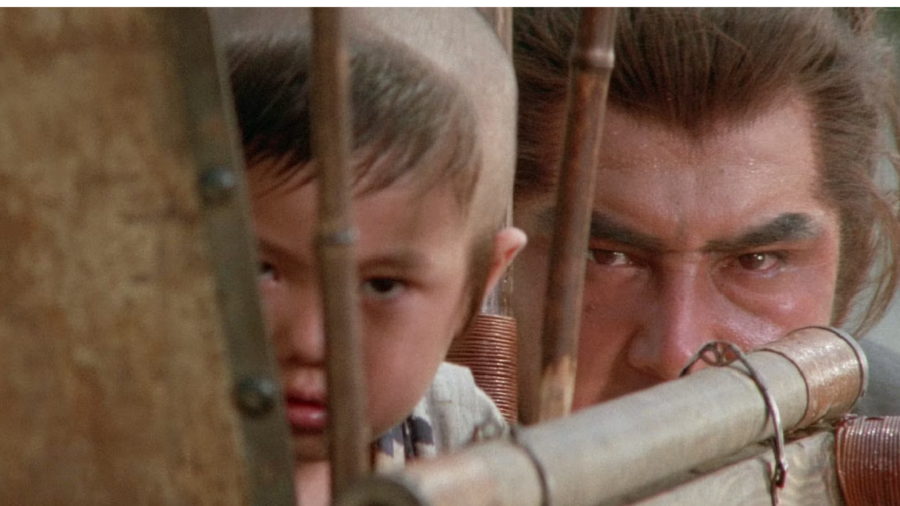
As influential as it was to American media, Lone Wolf and Cub was an even bigger phenomenon in Japan. The original six-film series was released between 1972 and 1974, with an astonishing four movies coming out in 1972. These movies, which starred Tomisaburu Wakayama and Tomikawa Akihiro, were hits and helped elevate the already popular title into a massive pop culture icon.
Stream The Original Movies On Max
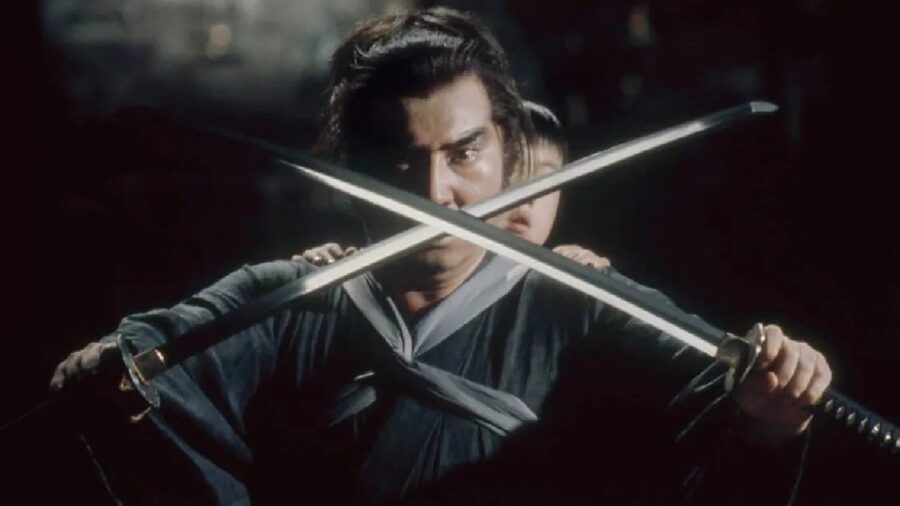
Lone Wolf and Cub is one of the most influential film series ever made, but many American fans haven’t seen them. While the English dubbed Shogun Assassin versions brought the film to some fans in the 80s, the original unedited films are a must-watch now that they’re widely available. If you like The Mandalorian and want to see a more adult version of that story you should stream all six original Lone Wolf and Cub movies on Max.











